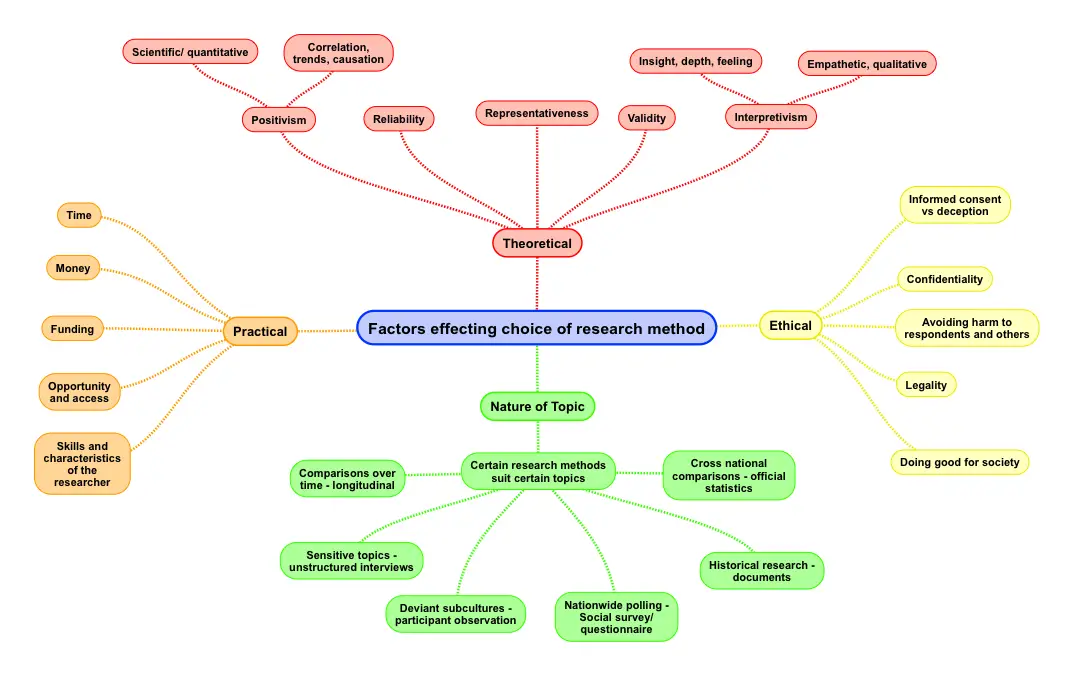

This starts by tracking the precise methods you use for data collection, analysis and interpretation and providing adequate contextual information about each piece, so that the study could theoretically be replicated by other researchers and generate consistent results. Dependability in Qualitative Researchĭependability is used to measure or demonstrate the consistency and reliability of your study’s results. Here are how those four concepts are to be understood: 1. You can achieve trustworthiness in qualitative market research by demonstrating that your findings are dependable, credible, confirmable and transferable. When it comes to quantitative research, trustworthiness is measured in terms of validity and reliability. Led by Qualitative Research Director, Dawn McElfresh, The Farnsworth Group has been utilizing qualitative research for over 30 years to help clients make more informed strategic decisions. How is Qualitative Research Trustworthiness Measured? It all comes down to rigor in qualitative research, and whether your study meets certain criteria for credibility, dependability, transferability and confirmability.

Qualitative research plays an important role in understanding consumer attitudes and behaviors, measuring brand perceptions, finessing product development efforts, and achieving other goals as you strive to keep up with shifting demands from customers, new competitors and new technologies. Rather than producing facts and figures-like the hard lines of a drawing-it gives color to your customers’ experiences and provides context by exploring the how and why behind concepts or theories in question.Īs a result, there is a misguided assumption that qualitative data is somehow inferior, or at least more questionable, than quantitative data derived from market research. Qualitative research is, by nature, more directional than quantitative research.


 0 kommentar(er)
0 kommentar(er)
